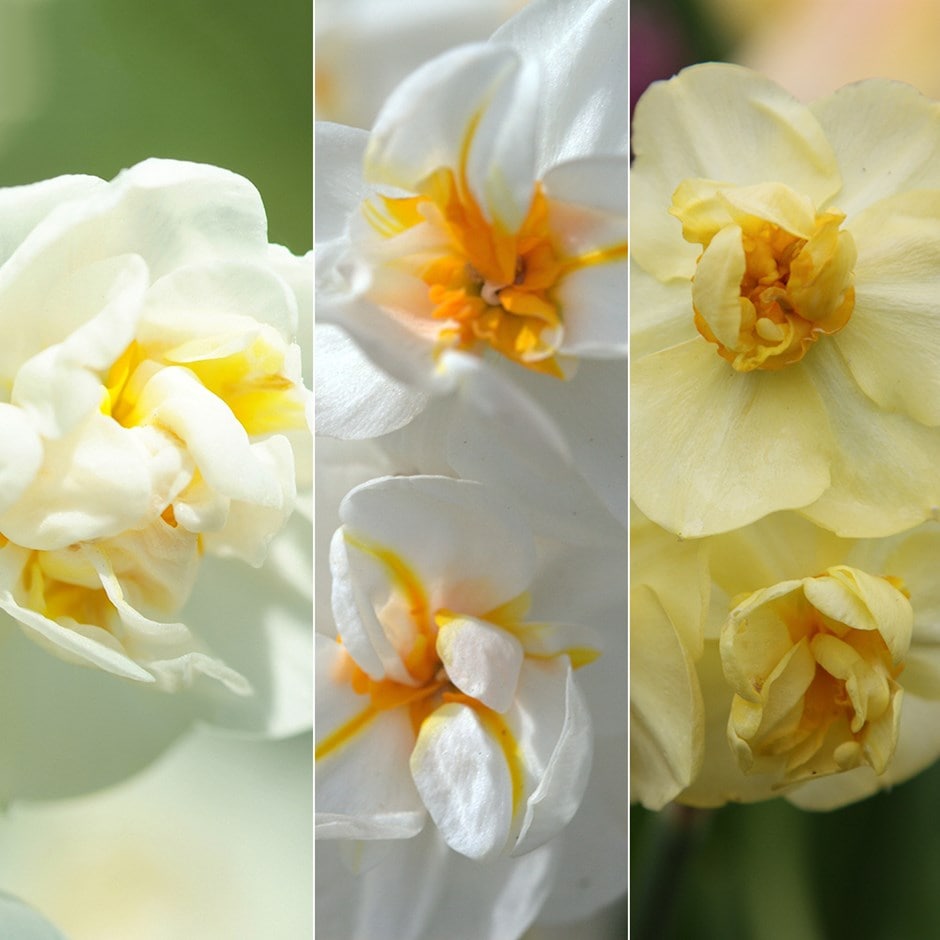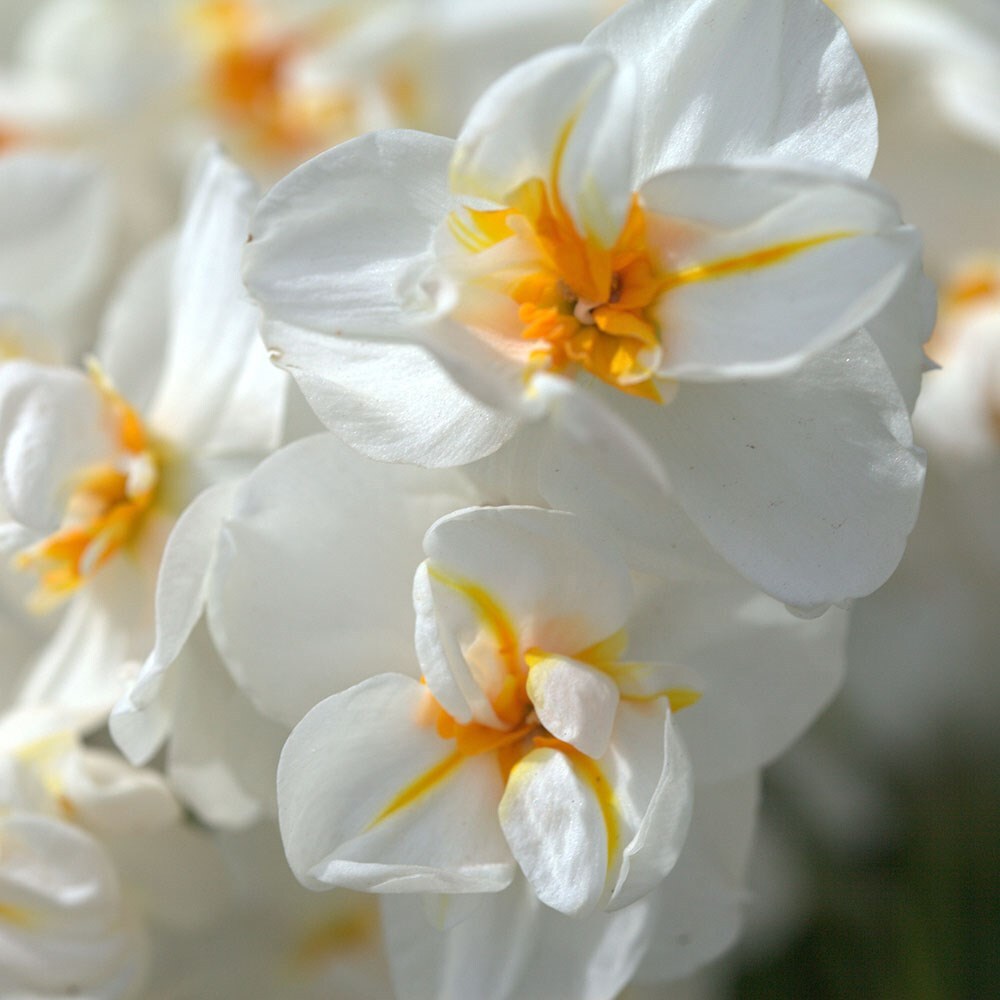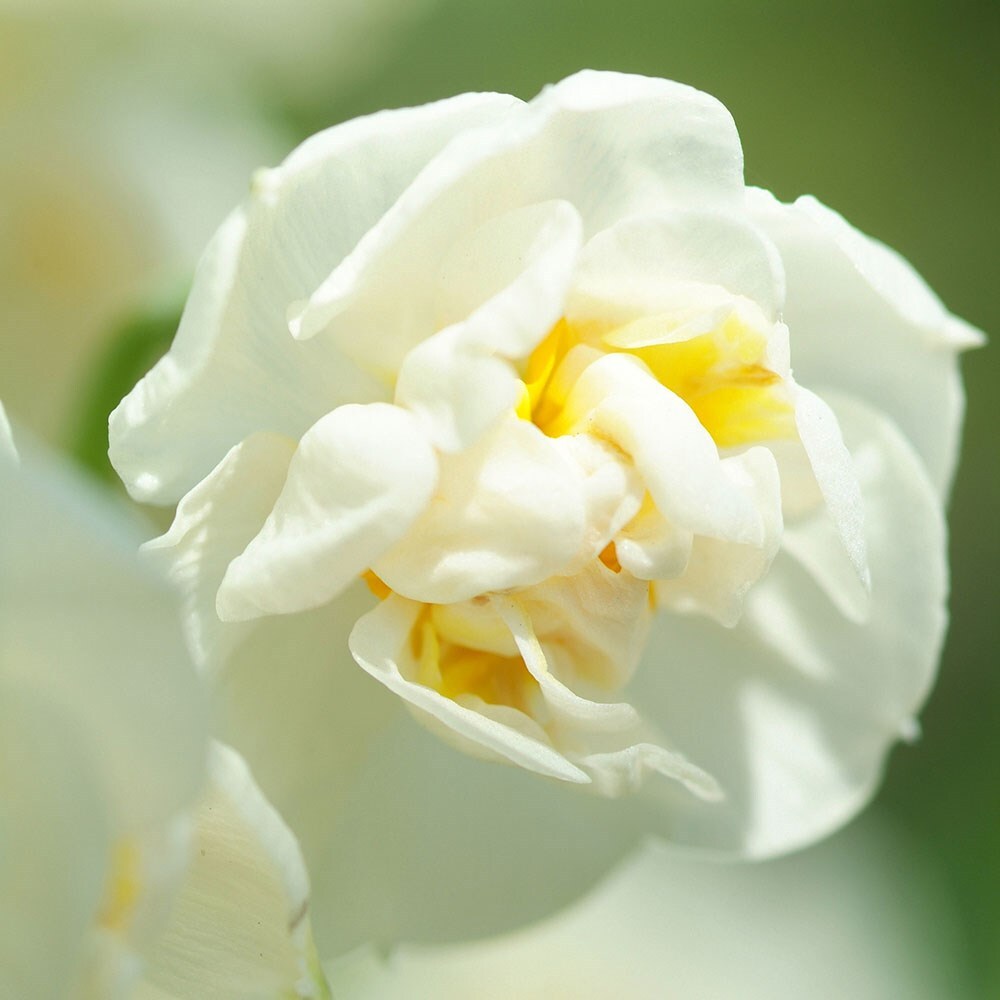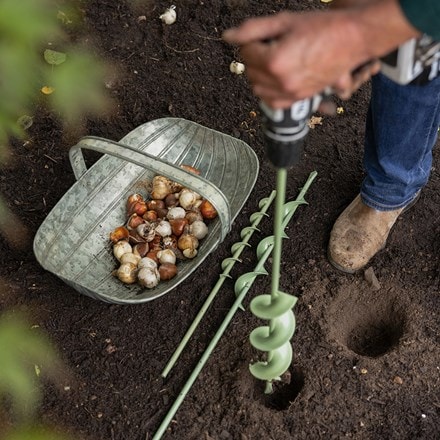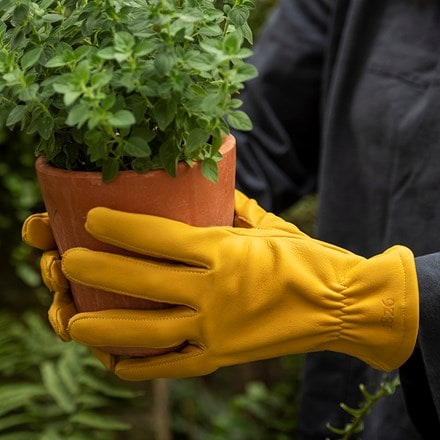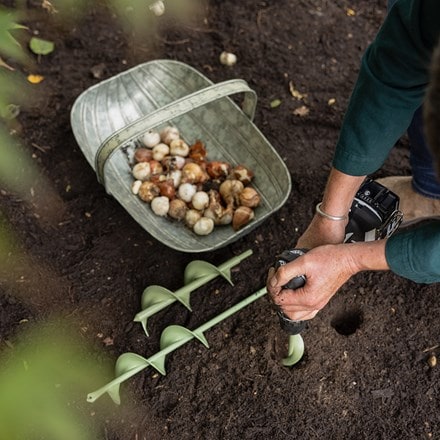Award-winning fragrant multi-headed narcissus collection
RHS AGM daffodil collection
These daffodils are both scented and multi-headed, so each flower stem will typically have 3-4 deliciously scented flowers. They make excellent...
GOES WELL WITH
Bulb blindness
Bulbs produce lovely foliage but no flowers. Either no buds at all appear or those that do are dry and virtually empty of petals. Daffodils (Narcissi) are usually the worst affects, especially multi-headed or double forms.
Read full articleLily beetle
I would forgive the beautiful lily beetle almost anything apart from eating my lilies! Despite my best efforts, they seem to return year after year at this time to munch irregular holes in leaves, flowers and anything else they can find called lily – actu
Read full articlePlant spring bulbs
Spring bulbs, such as daffodils and hyacinths, can be planted whenever the soil conditions allow. As a rough guide, cover them with about twice as much soil as the bulb is deep: so that a 5cm (2in) deep bulb would need a 15cm (6in) deep hole so that it
Read full articleHow to plant bulbs
Bulbs are ideal for anyone who rates themselves as 'keen-but-clueless' because they are one of the easiest plants to grow. Provided you plant them at the right time of year at more or less the right depth, they will reward you year after year with a rel
Read full articleSimple but stylish protection
If rabbits, deer, squirrels or cats devour or scratch up your plants these wire mesh protectors will give them time to get established. The pyramid-shaped 'Rabbit Proof Cloche' and dome-shaped 'Squirrel Proof Cloche'
Read full articlePlan ahead with bulbs
One of the great things about gardening is being able to look into the future with enthusiasm, and part of that is planting now for next spring. A gardener knows, when handling papery brown bulbs, that these insignificant little things will produce early
Read full article


